The Morrison Government has released its 2019 emissions projections report which toots a rather contrarian tune to almost everything the Coalition has said and done before and after the last election.
Despite coming out victorious over the Labor Party after lampooning its headline goal of 50% renewables by 2030, the Government’s own emissions projections report predicts that very eventuation.
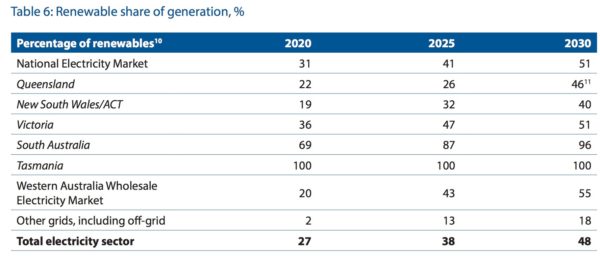
Though the document presents the projections with a sense of objectivity, one can’t help but hear a tone of admission. The report projects the NEM to reach 51% renewables by 2030, a state of affairs deemed economically suicidal by the Coalition during the last election.
The report specifically seeks to highlight the progress on Australia’s carbon emissions reduction. Prime Minister Morrison has said that Australia will reach its Paris Climate Accord targets of 26-28% below 2005 levels “in a canter”. According to the report, Morrison is not wrong, indeed not only will Australia overachieve on its emissions reduction but the margin of projected overachievement is better than that predicted in 2018.
If the projections continue in this trend year to year, Australia won’t be meeting its 2030 target “in a canter”, but in a gallop. The report suggests these revised projections reflect the stronger deployment of renewable energies, specifically the “increased uptake of small and mid-scale solar PV projected by the Clean Energy Regulator (CER) and Australian Energy Market Operator (AEMO), and the inclusion of 50% renewable energy targets in Victoria, Queensland and the Northern Territory.
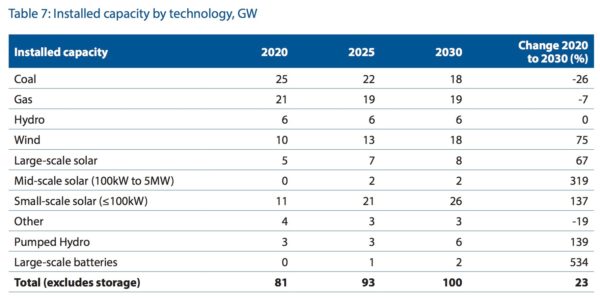
“Over the period to 2030, it has been projected that an additional 15 GW of small-scale PV is installed in Australia.”
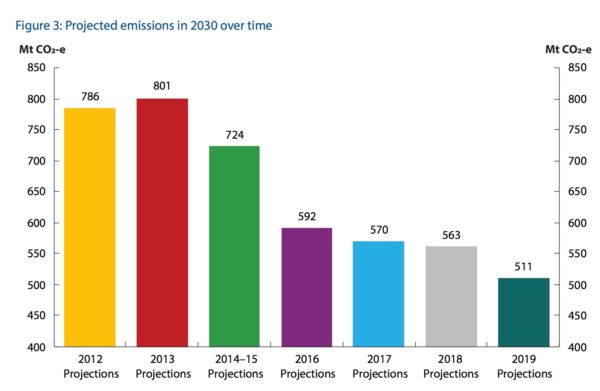
Another key driver of emissions reductions is The Government’s Climate Solutions Package, inclusive of the Climate Solutions Fund – $2 billion in funding to purchase low-cost abatement, energy efficiency measures and large-scale firming capacity projects such as the Battery of the Nation and Marinus Link.
The impact of renewables on emissions and the achievement of reduction targets is hard to overstate, especially considering several major industries, including agriculture, will see an increase in their emissions through to 2030, and yet, the Government expects to meet its reduction targets (with a generous amount of help from layover Kyoto credits).
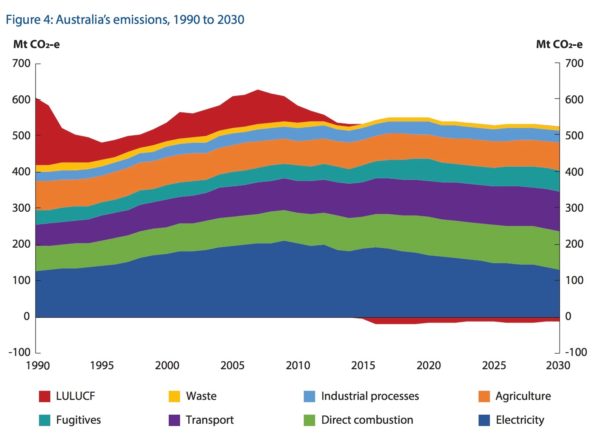
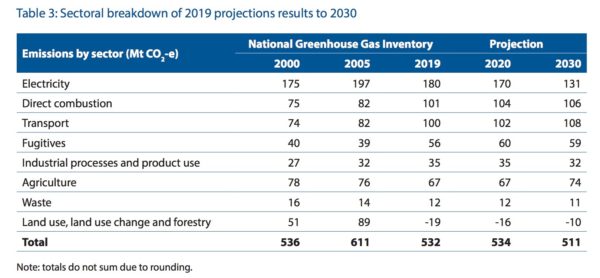
Speaking at the Smart Energy Council’s Smart Energy Summit in Sydney today, former Prime Minister Malcolm Turnbull said that he saw the Kyoto units as something to have in “the back pocket,” not something to do half the lifting, as the current Government is seen to be doing. “The appropriate course of action is to use them with great discretion…” said Turnbull, “My concern about using them for half the lifting, is it will leave you with a bigger mountain to climb post-2030.”
Turnbull, on Kyoto units:
The appropriate course of action is to use them with great discretion. I saw them as something to have in the back pocket.
My concern about using them for half the lifting, is it will leave you with a bigger mountain to climb post-2030#smartenergysummit pic.twitter.com/pq6Va9sykU— Michael Mazengarb (@MichaelM_ACT) December 9, 2019
The report’s analysis is not inclusive of any projected emissions reductions brought about by the currently in preparation National Strategy for Electric Vehicles (EVs). Recent analysis has shown that Australia is well behind the global average when it comes to EV interest and uptake, though the National Strategy will be considered in future projections, at this stage it is difficult to believe it will provide much impact.
This content is protected by copyright and may not be reused. If you want to cooperate with us and would like to reuse some of our content, please contact: editors@pv-magazine.com.
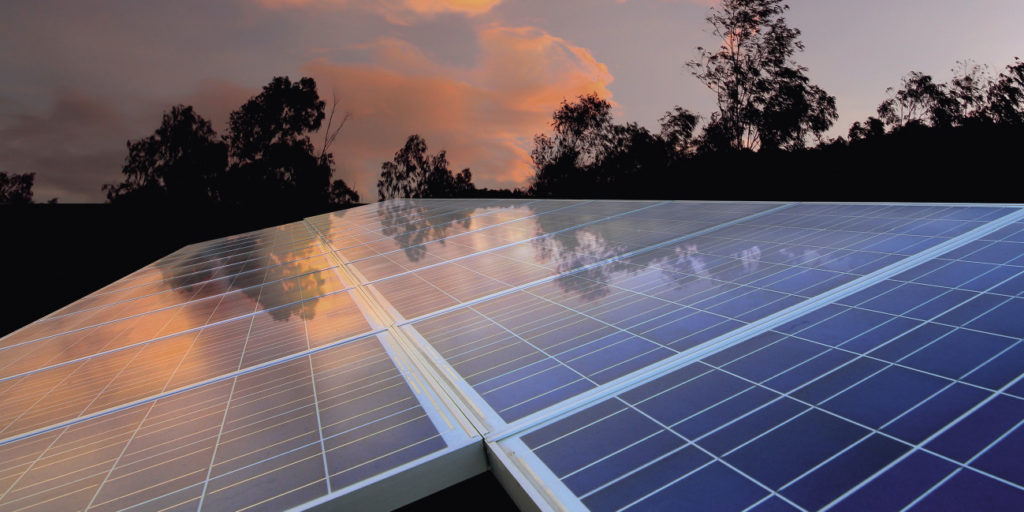
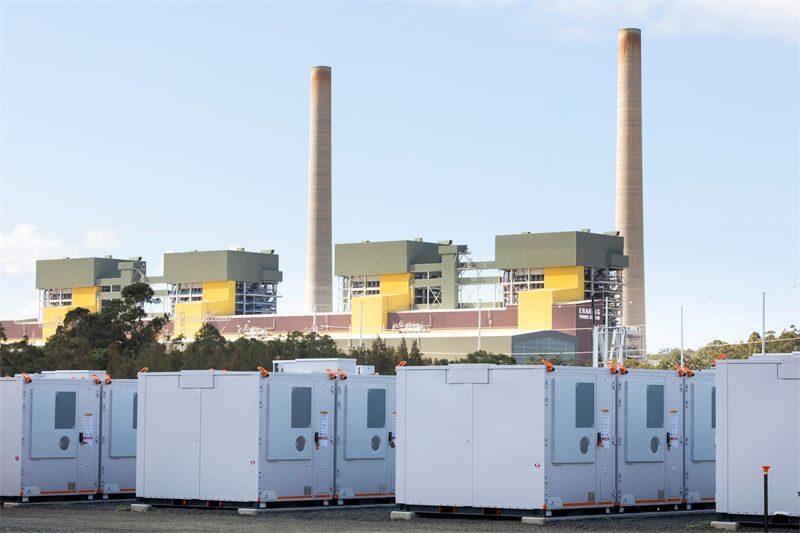


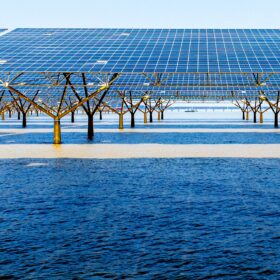

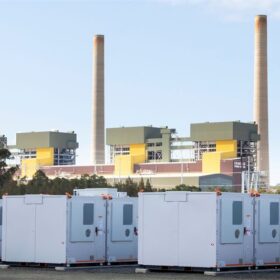

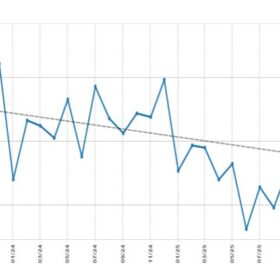
The census created maps of travel distances, and the average seems to be between 10 to 25km a day. Didn’t say how many people use some kind of commuter transit instead of driving a vehicle to work each day. In population dense areas, electric mass transit makes sense. When one lives that 100 to 200km trip from work or town, then range anxiety becomes a real concern. Long stretches of roads with no fast charging infrastructure can leave one out of the electric vehicle transportation sector.
For the goal of reaching 50% energy target, it will be the people who will carry that load and finish that race themselves.